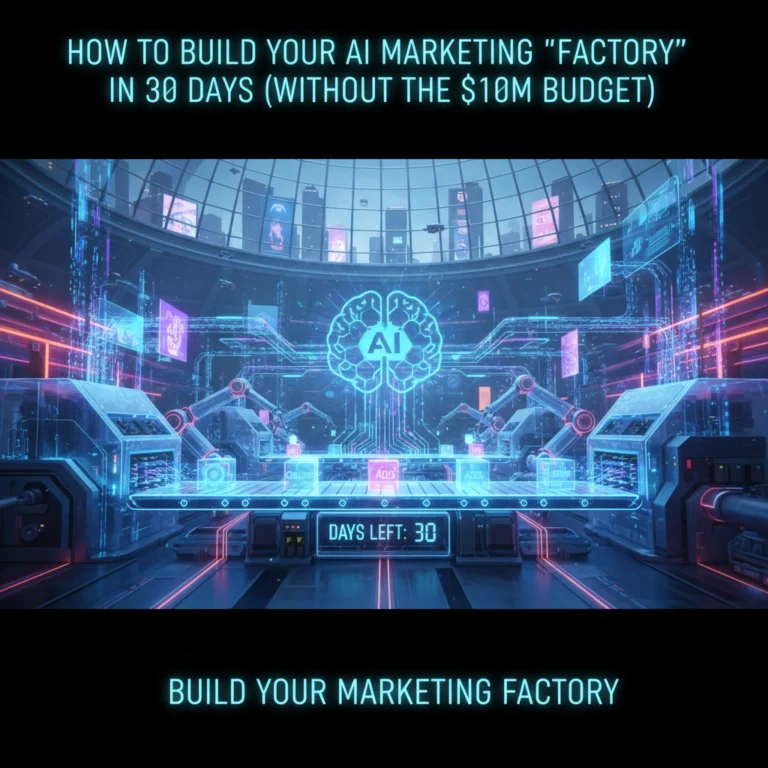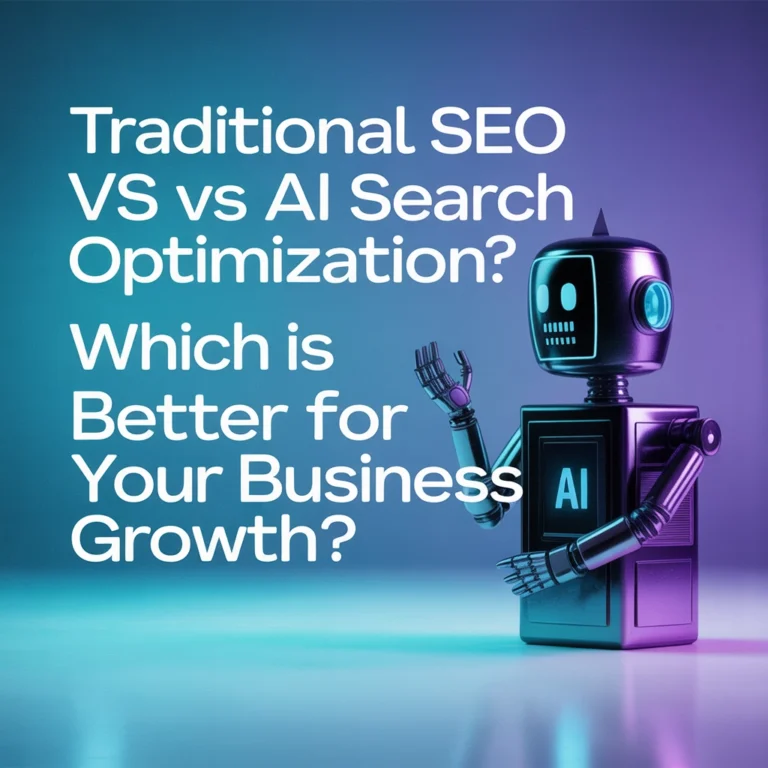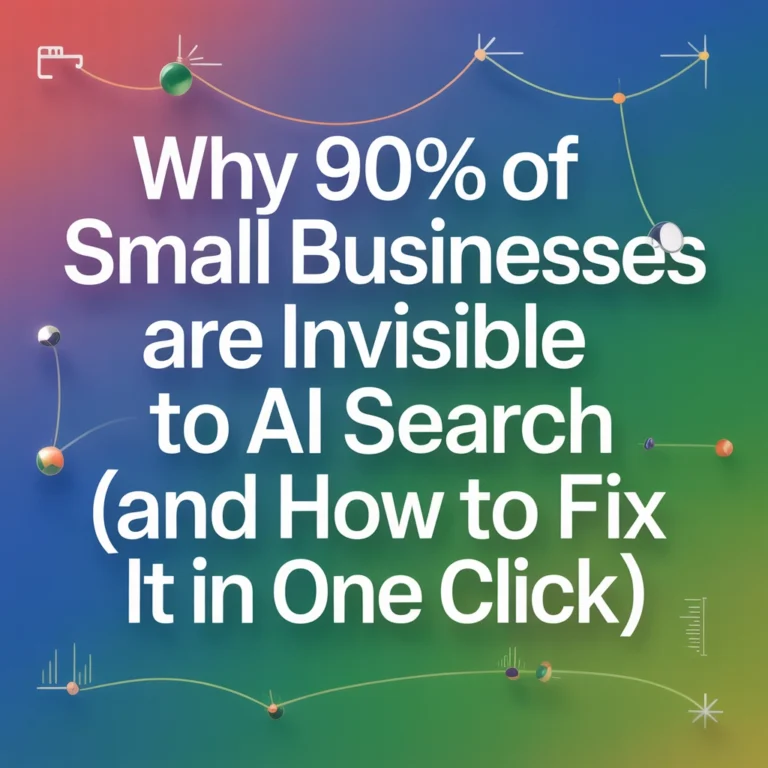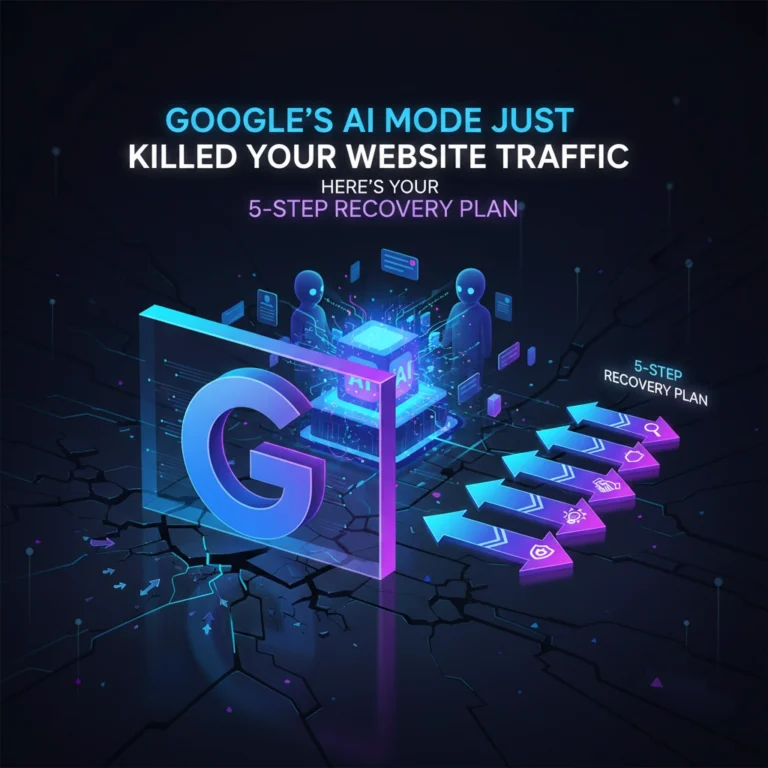AI Search Optimization Secrets Revealed: What Marketing Experts Don't Want You to Know
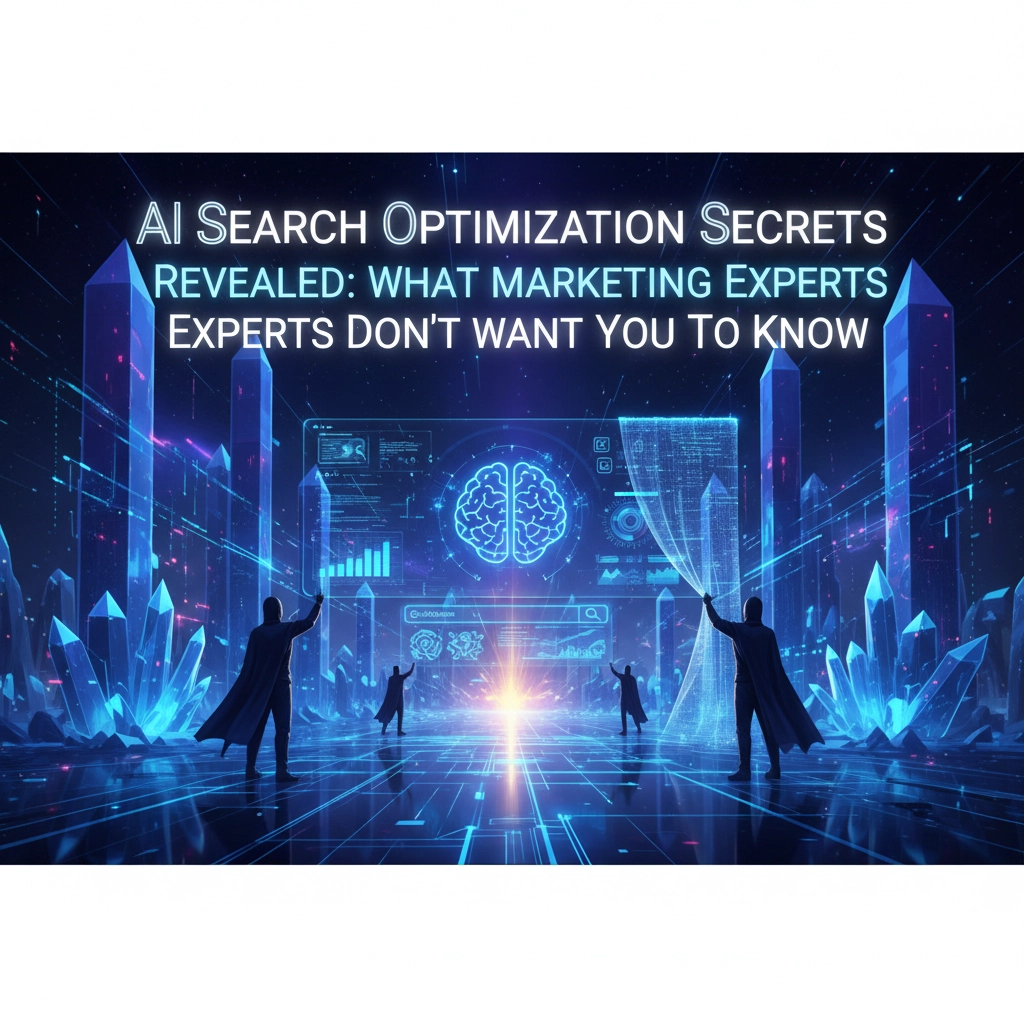
The marketing world is buzzing about AI search optimization, but here's what they're not telling you: most "experts" are still stuck in 2019 SEO tactics while the smartest businesses are quietly dominating AI search results with strategies that sound almost too simple to work.
After diving deep into how AI search actually functions behind the scenes, we've uncovered the real tactics that are working right now, and they're nothing like what you'd expect from traditional SEO advice.
The 3,000-Word Content Secret That's Breaking the Internet
Here's something that'll blow your mind: while everyone's obsessing over keyword density and meta descriptions, AI search engines have a dirty little secret. They're absolutely obsessed with comprehensive content that exceeds 3,000 words, and it's generating three times more traffic than average-length content.
But here's the kicker: it's not just about word count. AI systems are scanning for content that answers questions from every possible angle, includes real data and statistics, provides actual examples and case studies, and covers related subtopics comprehensively.
Think about it this way, when someone asks ChatGPT or searches with Google's AI mode, they don't want a 300-word fluff piece. They want the definitive guide that makes them an expert on the topic in one sitting.

The Featured Snippet Gold Rush Nobody's Talking About
While most marketers are fighting over traditional rankings, smart businesses are quietly dominating featured snippets, and here's why it matters: featured snippets get a 42.9% click-through rate. Even better? 40.7% of voice search answers come directly from featured snippets.
The secret sauce? Structure your content like you're answering questions for someone who's in a hurry:
- Start each section with a direct, no-fluff answer
- Use numbered lists and bullet points strategically
- Create descriptive headings that actually describe what's coming
- Include comparison tables when you're explaining options
Most content creators write for humans reading silently. Winners write for AI systems that need to quickly extract and serve information to users who are asking questions out loud.
The E-E-A-T Authority Hack That's Worth Millions
Google's E-E-A-T (Experience, Expertise, Authoritativeness, Trustworthiness) isn't just a ranking factor, it's become the make-or-break element for AI search visibility. But here's what most people get wrong: they think it's about having fancy credentials.
The real secret? AI systems are analyzing:
- Author credentials and detailed bios (yes, they read them)
- Backlinks from sites that actually matter in your industry
- Social proof and engagement metrics across platforms
- Third-party mentions and citations from credible sources
Want to game this system legally? Build relationships with authoritative sites in your industry and create content worth citing. It's relationship building, not link building.

The Predictive Search Intent Revolution
Here's where it gets scary good: modern AI systems are predicting what users want before they finish typing. They're analyzing behavior patterns, context clues, and even sentiment to understand the real intent behind searches.
Businesses using predictive insights are seeing customer lifetime value growth between 5-25%. Why? Because they're creating content that matches what users actually need, not just what they search for.
The secret is thinking beyond keywords and focusing on user journeys. When someone searches for "digital marketing services," they might actually need help choosing between different approaches, understanding pricing, or finding local providers.
Schema Markup: The Hidden AI Goldmine
While everyone's debating whether schema markup matters, smart businesses are using it as their secret weapon. AI systems love structured data because it helps them understand exactly what your content is about.
The most effective schemas for AI optimization:
- FAQ schema for question-based content
- How-to schema for instructional content
- Article schema with detailed metadata
- Local business schema for location-based searches
Think of schema as providing AI with a content summary sheet. The easier you make it for AI to understand your content, the more likely it is to recommend it.

The Long-Tail Keyword Strategy That Actually Works in 2025
Traditional SEO advice says to target high-volume keywords. AI search optimization says the opposite: focus on conversational, long-tail phrases that match how people actually talk to AI assistants.
Instead of targeting "digital marketing," smart businesses optimize for "how to choose the right digital marketing agency for small business growth." These longer phrases:
- Face significantly less competition
- Match natural language processing better
- Convert higher because they're more specific
- Align with voice search behavior
The strategy shift: choose low-volume keywords with specific intent over high-volume generic terms.
AI-Generated Content: The Truth About What Actually Works
Here's the controversial truth: Google doesn't penalize AI-generated content when it's actually useful. Research shows sites using AI-generated content grew 5% faster than others, but here's the catch: human oversight is still crucial.
The winning formula:
- Use AI to create comprehensive first drafts
- Add human insights, examples, and personal experience
- Fact-check everything and add unique data points
- Optimize for user experience, not just AI consumption
The secret sauce is balancing AI efficiency with human authenticity and accuracy.
Real-Time SERP Monitoring: The Competitive Advantage
While most businesses check their rankings monthly, winners are monitoring search results in real-time. AI-powered SERP analysis tools are tracking thousands of keywords simultaneously, providing instant feedback about algorithm changes and competitor movements.
With Google running over 13,280 live traffic experiments and nearly 895,000 search quality tests, staying ahead means adapting quickly to changes as they happen.

Visual and Voice Search Integration
Here's what most people miss: AI search isn't just about text anymore. Google Lens processes visual searches, and voice commands handle about 20% of searches in the Google App.
For visual search optimization:
- Use high-quality images with keyword-rich file names
- Create infographics that explain complex concepts
- Optimize video content for both voice and visual discovery
For voice search:
- Structure content in Q&A format
- Use conversational language and natural phrases
- Focus on local search optimization for "near me" queries
The Real Secret: Integration Over Isolation
The biggest secret that marketing experts don't want you to know? Success in AI search optimization isn't about mastering one technique: it's about integrating all these strategies into a comprehensive approach.
The businesses winning in AI search are those that understand this isn't just an SEO evolution: it's a complete shift in how content gets discovered, consumed, and acted upon.
Instead of optimizing for search engines, they're optimizing for AI systems that need to quickly understand, summarize, and recommend content to users who expect immediate, accurate answers.
The question isn't whether AI search optimization will impact your business: it's whether you'll adapt fast enough to capitalize on the opportunity while your competitors are still figuring out what changed.
Ready to implement these strategies for your business? The AI search revolution is happening now, and the businesses that adapt first will own the market share that everyone else is about to lose.


